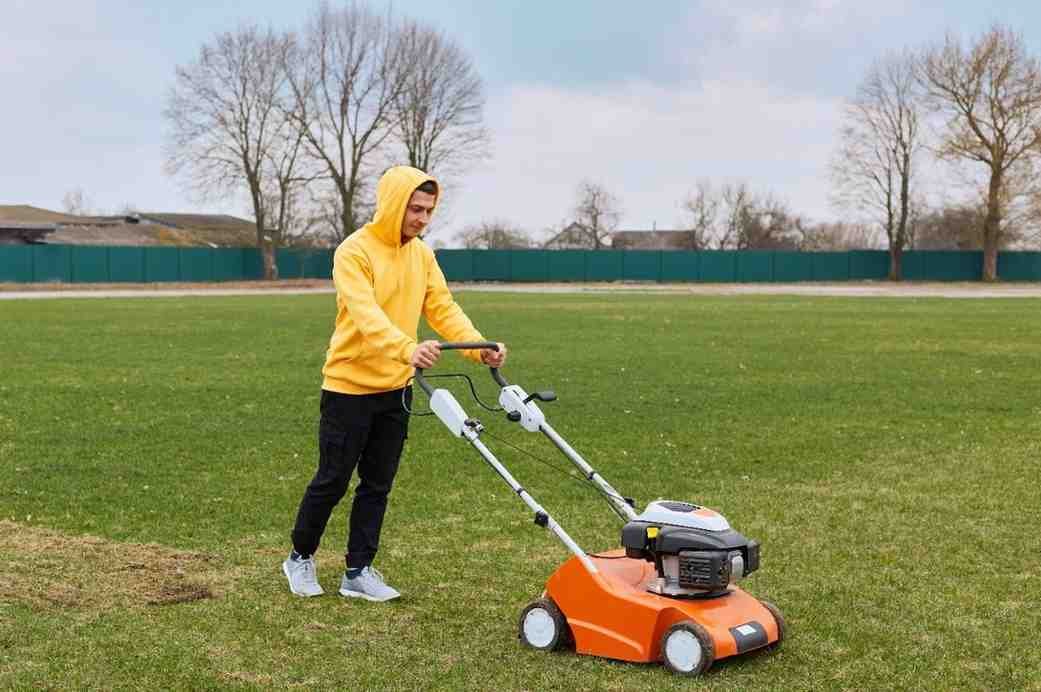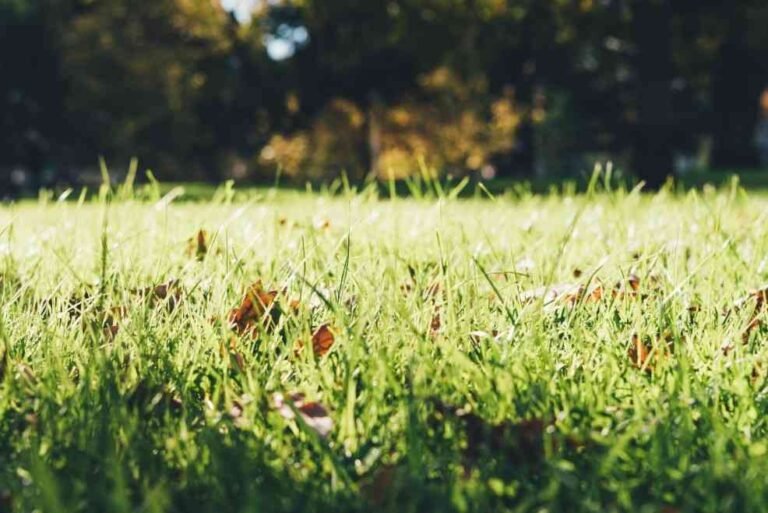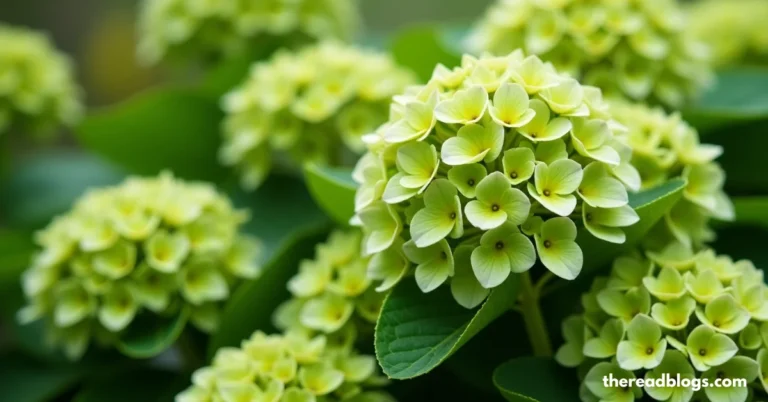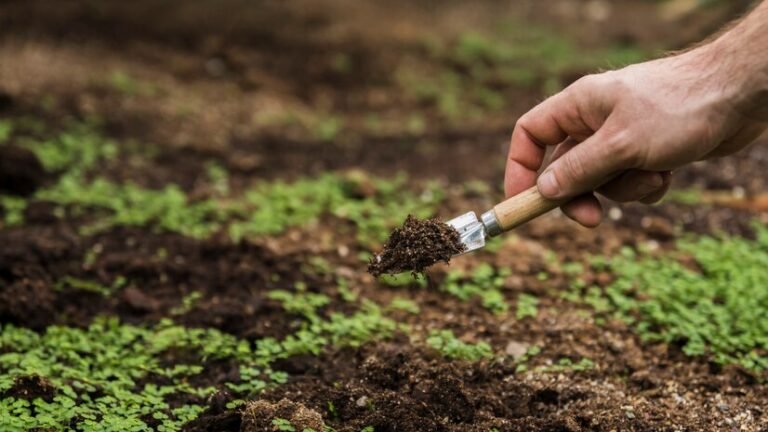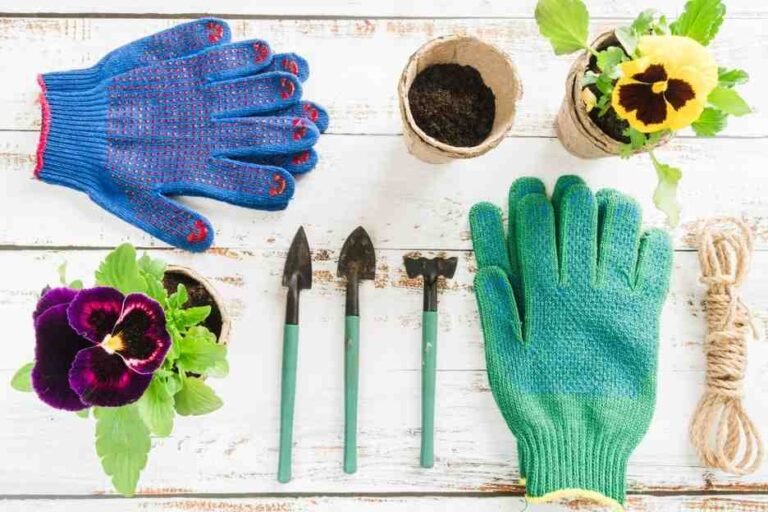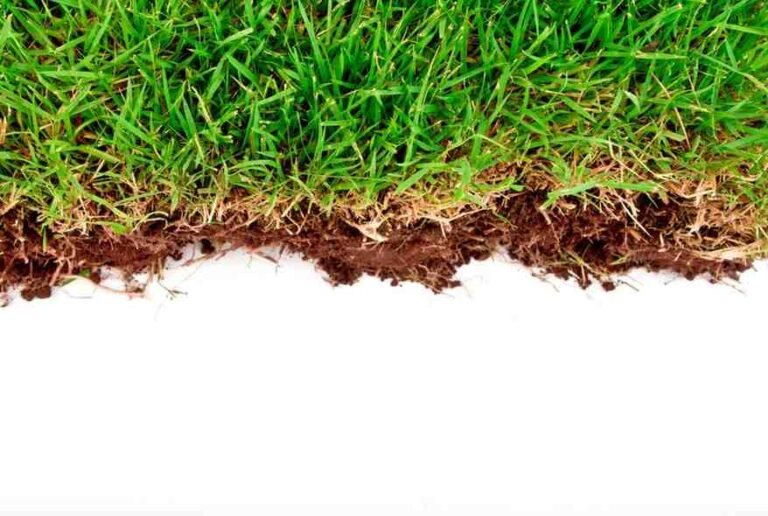Tips to Grow A Healthy Lawn
Worried about your dormant and unhealthy lawn full of moss, weeds and insects?
Thinking about refreshing your lawn but confused on , “how to make the lawn greener and healthier?”
No worries this article will provide you easy tips for healthy lawn care.
Lawn is no doubt the most prominent area of a living space. To keep your lawn’s grass green and healthy make sure to provide all the basic needs : sufficient sunlight, healthy soil, proper watering and routine care.
Be realistic about the maintenance of healthy lawn grass, the more and mindfully you put time and effort results in a more lush lawn. After planting new grass, factors like soil drainage, watering, mowing and sunlight must also be maintained regularly.
Simply add the following hacks to your regular lawn care for a naturally greener and pest free lawn.
How to Get a Healthy Lawn

No need to be confused about your lawn, just add following lawn care steps to your routine to achieve desired results:
Fertilizing Lawn Grass Regularly
Lawn thrives best, when they get the right amount of nutrients. Regular fertilizing of the lawn helps to boost grass’s health and texture. But it is important to balance the amount and frequency of fertilizing according to the type of your grass.
Both over fertilized and unfertilized lawns are more prone to diseases and pests. Fertilization of lawn varies according to their type:
- Low-maintenance lawn must be fertilized once in the fall, for better growth in springs.
- High-maintenance lawns must be fertilized in late springs and springs.
Nitrogen is a very important nutrient for your healthy lawn growth, mulch-mowing is a simple and easy way to provide nitrogen.
Mowing Lawn Grass
Mowing regularly contributes to a healthy lawn care routine. But while mowing consider following tips for better results:
- Always mow high to avoid exposure of roots to direct sunlight.
- Follow 1/3 (one-third) rule while mowing at a time.
- Keep mower blades sharp and mow in two passes to avoid compaction.
- Mow weekly in the growing season to boost growth.
Watering Lawn Grass
Rain generally provides enough supply of water for your lawn. But in case of need or dry weather watering thoroughly once a week in early mornings or evenings is best.
Try to avoid watering late at night, for a prevention from diseases caused by standing water and cold temperatures.
For watering your lawn wisely, consider following points:
- Set your watering limit, usually not more than 0.5 inches at a time.
- Adjust your watering frequency according to the season; frequent watering in summers and limited watering in winters.
- Water three to four times every week.
- Don’t forget to check soil moisture, you can use a screwdriver for such purposes.
- If the screwdriver penetrates easily, decrease watering but in case of difficulty increase watering.
- Manage proper soil drainage.
Aerating Lawn Grass
Aerate your lawns for better infiltration of air and water. Removing plugs of earth will help to relieve soil compaction for improved water and air infiltration.
Few tips to aerate a lawn for better results are:
- For low budget or small areas try manual aeration with the help of a garden fork. Aeration sandals are also a good option for 2-4 inches deep holes.
- For bigger spaces rent/buy a lawn aerator to create evenly spread holes in soil.
- Select the best time to aerate your lawn; during the active growing season of grass (spring or fall).
- Earthworms are natural aerators of lawn, composting and avoiding chemicals helps to attract earthworms.
Dethatching Lawn Grass
Dethatching is the process of removing dead grass and weeds from your lawn. It helps in prevention from diseases and moss that occur because of it.
While dethatching of your lawn consider following factors:
- Only dethatch if it exceeds the height of 0.5 inches.
- Select the right dethatching tool according to your space.
- Seed more grass after dethatching.
Overseeding For Healthy Grass
Consider overseeding your lawn every year, especially after summers. This step is very important in summer lawn care because many grasses just can’t tolerate heat.
Fall is ideal for overseeding your lawn. Try using drought resistant and pest immune grass for a recovery from summer burn.
Disease and Pest Control
The most important step of controlling pests and diseases is to observe and identify them. Always remember that a certain amount of weeds and pests are normal but excess needs controlling.
For controlling these lawn enemies consider organic fertilizing, weed removal with hands and high mowing.
FAQs
What are the qualities of a good lawn?
A good and healthy lawn is lush green, weed free and well-drained. It is also well-maintained and immune to wear and tear.
What is the best thing for your lawn?
Regular care and maintenance is the best thing for your lawn. It includes proper watering,mowing and fertilizing along with pest control.
How do I make my lawn good?
To make your lawn good follow all the lawn care tips given above, that includes reseeding, dethatching, aerating, watering and mowing wisely.
How should a beginner maintain a yard?
A beginner must maintain their yard by watering wisely, mowing regularly at the right length. Also fertilizing it and controlling weeds and pests.You can also seek help/advice from a professional or online resources.

